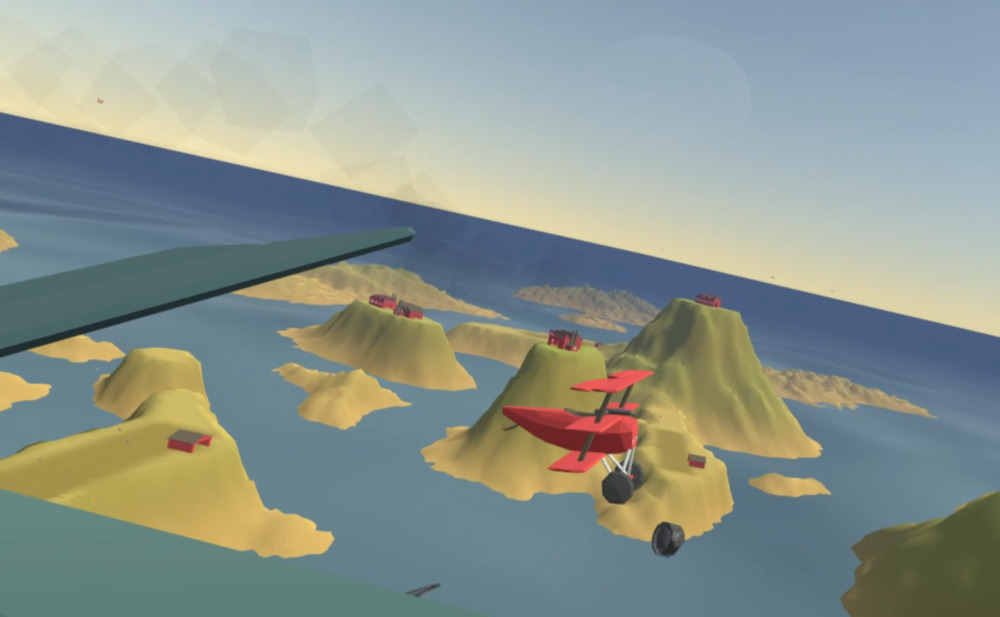 SDL Sopwith
SDL Sopwith
[
Play in browser |
Download |
Screenshots |
Github Page |
Discord |
History |
Links
]
History of Sopwith part 5: Sopwith meets the Internet
[ Introduction | Imaginet | Sopwith escapes | DOS versions | On the Internet ]
With the advent of the Internet, people inevitably started talking about Sopwith. Newsgroup alt.games.sopwith began in 1995 and provided a convenient place for discussion for the next five years until newsgroups fell out of use. For a time, there was also a forum hosted on eGroups (later Yahoo! Groups), the content of which have sadly now been lost.
Fan site sopwith.org appeared around 2000, providing by far the most detailed information about the game that was known at the time. The site shared the various different versions along with mods and tools such as unofficial level editors. The site is still online to this day, although it has been mostly dormant in recent years.
More recently a Discord server has been set up for fans to talk about the game and arrange multiplayer games.
The source code release

In 2000, Sopwith fan Andrew Jenner made contact with David L. Clark, after discovering his website identifying himself as the original author of the game. Andrew had already been performing his own reverse engineering project, decompiling the original Sopwith binaries to C source code. He was subsequently able to convince David to release the source code to the game.
David’s release was of the source code to The Author’s Edition, which contained the enhancements to the game that had been added in The Network Edition; the name on the title screen was changed to “Distribution Version”, since David reserves that name for any personal releases of the game. It also included Andrew’s reverse engineered versions of Sopwith 1 and 2. This first release was under a non-free license, but a second release of the source code was made in 2003 under the GNU GPL (there are only very minor differences between the two releases).
This source code release was followed by Sopwith 3, a sequel/remake by Andrew Jenner and Jornand de Buisonje based on the original source code that is described as “semi-official”.
Ports
The first release of SDL Sopwith was made in October 2001, adapting the Sopwith source code to use the LibSDL cross-platform library. A package was added to Debian in 2003 and the port has since made its way into many other Linux distros along with the FreeBSD ports collection. Use of the LibSDL library makes the project highly portable, even to niche OSes like Haiku:

SDL Sopwith continues to be developed to this day; recent versions have added various new features, including custom level support, medals, and an Emscripten (in-browser) version.
SDL Sopwith has also served as the basis for a number of ports to different platforms (a list can be found on the links page).

Homebrew Nintendo DS port by
TheLazy1.

Game Boy Advance port by David Rorex.
Remakes and Cultural Impact
Sopwith has inspired many other games, although exactly how many is unclear, since the concept of a sidescrolling airplane shoot-‘em up has no doubt been independently invented by others. The following are a few examples, though there is a more comprehensive list on the links page.

Sopwith VR (2018), a
VR game that explicitly lists the original Sopwith as an inspiration.

Goplanes,
another game that lists Sopwith as an influence.

Turd-eating cat, a surreal
flash animation from 2010. Sometimes Sopwith references pop up in unusual
places.
